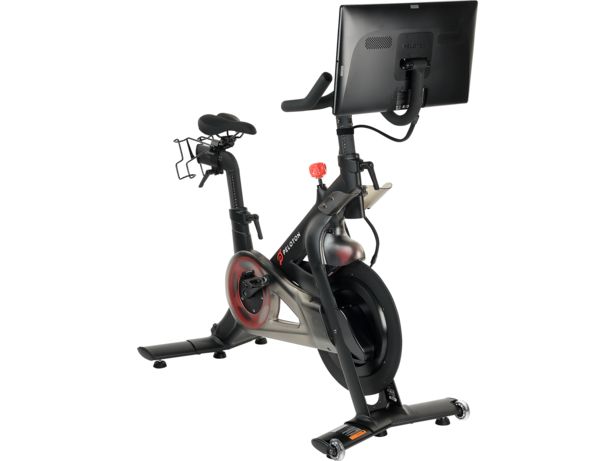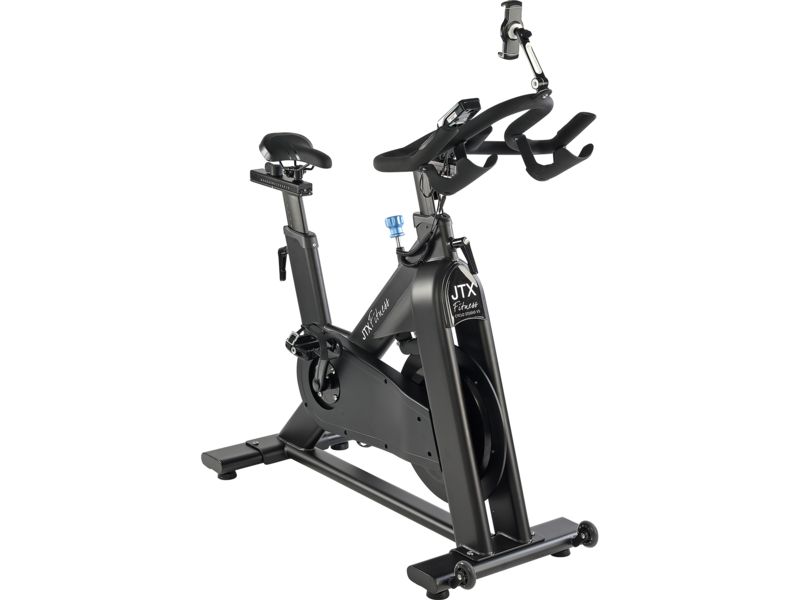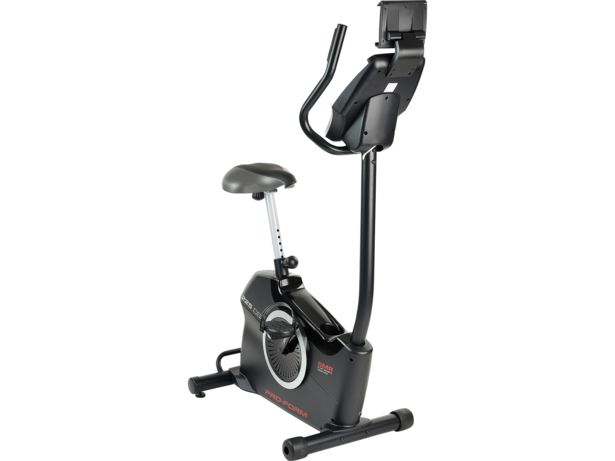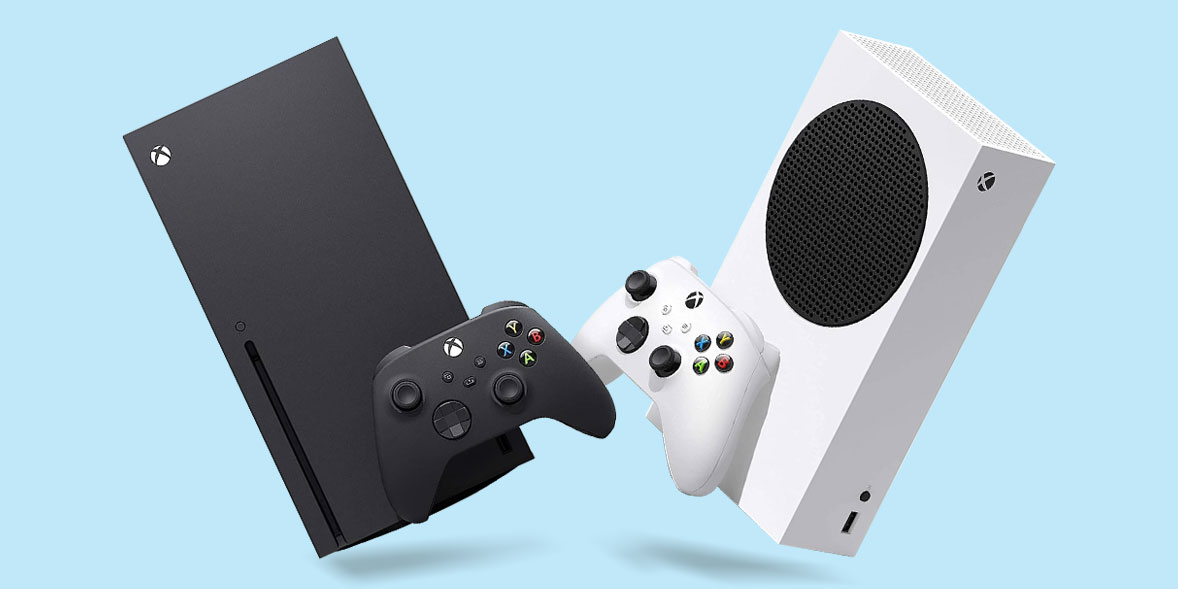How we test exercise bikes

The best exercise bikes are durable, well built, comfortable to ride and easy to use. We put all of these aspects to the test in our rigorous exercise bike tests.
Our reviews of upright and spinner exercise bikes are based on tests designed to sort the models worth buying from the ones that will leave you disappointed.
We combine ratings from expert assessors and a user panel to get a deep understanding of the pros and cons of each bike, as well as a range of user perspectives.
Read on to find out the lengths we go to to test exercise bikes to find the best. Our exercise bike reviews answer your key questions, including:
- How easy is it to set up and adjust?
- Is it safe and stable to ride?
- What's the display like?
- How does it feel to ride?
- Should I buy it?
Eat well, live better and stay healthy - sign up to our free monthly food and health newsletter for the latest insights delivered straight to your inbox
How easy is the bike to set up and adjust?

Most exercise bikes don't come fully assembled, so we look at how easy or difficult each bike is to put together. Expert assessors record the time and steps taken to assemble the bike, noting how helpful the instruction manual is and any issues they run into along the way, before arriving at an overall assembly score.
We also look at how easy the bike is to manoeuvre around your home. For foldable exercise bikes, we assess how easy it is to use the folding mechanism.
But the hard work doesn't stop there. Once the bike is assembled, you'll need to adjust it so that it's set up in the way that's most comfortable for your body type and size. Most bikes have adjustable seat heights; some also allow you to adjust the seat horizontally to move it closer or further away from the handlebars, and some let you adjust the angle or height of the handlebars, too. We check and score all of these elements, so you can find a bike that's a perfect fit for you.
Our tests also involve a user panel, made up of a range of genders, body types and sizes. We set each bike to its lowest seat and handlebar settings and have users adjust them to their liking, giving a score for how easy they find this.
We found that levels of adjustability vary considerably between bikes, which could make all the difference between you making regular use of the bike, or consigning it to a dusty corner because it's uncomfortable to ride.
How useful is the display?

Most exercise bikes have built-in displays, which are used to track metrics such as your cadence, distance, calories burned and speed.
Both our expert assessors and our user panel rate the ease of adjusting the screen (if possible), the ease of using the display console and the quality of the screen, taking into account glare, visibility from different angles, brightness and readability.
What's it like to ride?

This is the most important part of the test, where our user testers go through a set program on each bike that incorporates different speeds and resistances, different postures and different hand positions.
During and after the trial the testers make notes and give scores. We're particularly interested in how comfortable they are at various intervals throughout the program, paying attention to the feel of the handlebars, seat and pedals. The testers also rate how simple they find the control panel to operate during use, and how difficult it is to adjust the resistance.
We also look at the ease of mounting and dismounting the bike, and how stable it feels when cycling in both standing and seated positions.
These stability tests are backed up with expert visual and tactile assessments of each exercise bike to identify any potential areas of concern with their build quality. These tests are carried out before and after all the user testers have ridden them.
We measure the noise levels of the bikes in operation at low and high speeds, at both the riders' ear level and that of a bystander 2 metres away.
Is it safe and stable to ride?
We put each exercise bike through safety and stability tests, to identify any potential hazards associated with a particular model.
These involve entrapment tests, where we look to see if there's any danger of fingers being caught in moving parts such as the crank or flywheel.
We also carry out stability tests, where we check to see how steady the bike is when placed on a gentle slope, and how much risk there is of the bike tipping over when in use.
While these tests will identify the sturdier bikes around, bear in mind that exercise bikes are often top-heavy, so it's important to make sure they're on a solid level surface before you start riding.
How the Which? test score is calculated
All the tests we run contribute to each exercise bike's total test score, which is the overall percentage figure we award each model.
Some tests are more important than others, though, and so carry different weights:
- 65% usability - the comfort of riding the bike, as well as its stability and how easy it is to mount and dismount
- 15% convenience - how easy it is to make adjustments, assemble and manoeuvre the bike
- 10% features - the number of features the bike has, including how adjustable it is and how many levels of resistance there are
- 5% noise - how loud the bike is when you're cycling
- 5% build quality - how well made and durable it is
We also account for any issues detected through our safety checks.
For advice on choosing the right type for you, and features to look out for, head to our guide on the best exercise bikes.






















